In today’s digital age, QR codes have become an essential tool for businesses, marketers, and individuals alike. These versatile codes can store a wealth of information, from URLs and contact details to product information and event invitations. The best part? You can create and track QR codes for free using online tools and platforms. In this guide, we’ll walk you through everything you need to know about creating, customizing, and tracking QR codes without spending a dime.

1. What Are QR Codes?
QR codes, or Quick Response codes, are two-dimensional barcodes that can store a variety of data types. They were first developed in 1994 by a Japanese company, Denso Wave, for tracking automotive parts. Today, QR codes are widely used in marketing, advertising, and everyday life.
Unlike traditional barcodes, QR codes can store significantly more information, including:
- URLs
- Text
- Contact information (vCards)
- Wi-Fi credentials
- Payment details
- Event details
- And more
QR codes are scannable using smartphones, making them a convenient way to share information quickly and efficiently.
2. Why Use QR Codes?
QR codes offer numerous benefits, including:
- Convenience: Users can access information instantly by scanning the code with their smartphones.
- Versatility: QR codes can be used for a wide range of applications, from marketing campaigns to inventory management.
- Cost-Effective: Creating and using QR codes is free or low-cost.
- Trackable: With the right tools, you can track scans and gather valuable data about user engagement.
- Space-Saving: QR codes can store a lot of information in a small space, making them ideal for print materials and digital displays.
3. How to Create QR Codes for Free
Creating a QR code is simple and can be done in just a few steps. Here’s how:
Step 1: Choose a Free QR Code Generator
Onlqr.com is free QR code generator available online: https://onlqr.com/
This platform allow you to create QR codes without any cost and often provide additional features like customization and tracking.
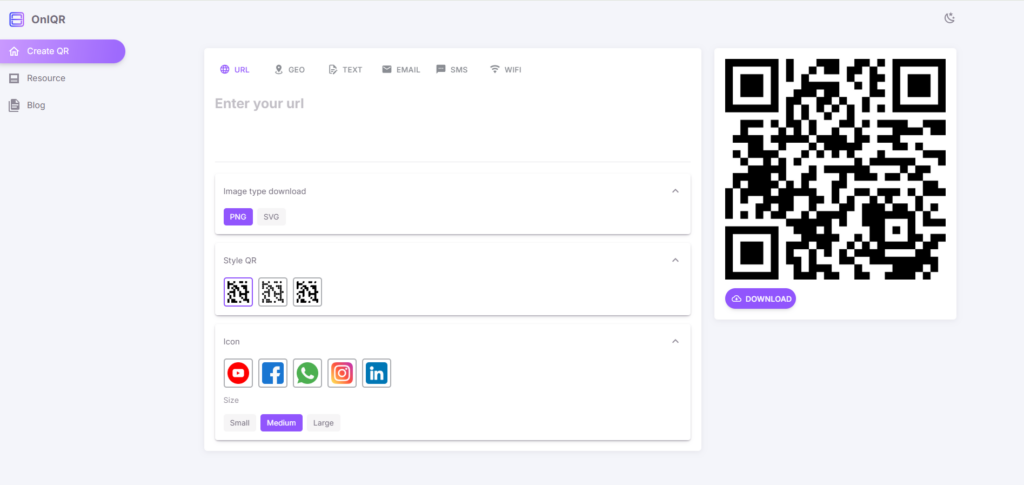
Step 2: Select the Type of QR Code
Most QR code generators offer a variety of options for the type of data you want to encode. Common types include:
- URL: Direct users to a website.
- Text: Display a message or information.
- vCard: Share contact details.
- Wi-Fi: Allow users to connect to a Wi-Fi network.
- Email: Open a pre-filled email draft.
- Social Media: Link to your social media profiles.
Choose the type that best suits your needs.
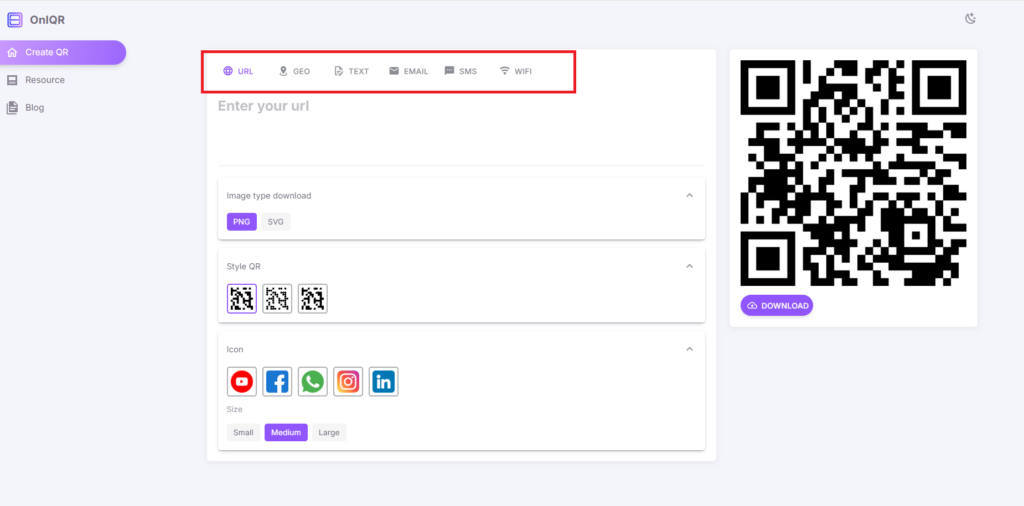
Step 3: Enter Your Data
Once you’ve selected the type of QR code, enter the relevant data. For example:
- If you’re creating a URL QR code, paste the link to your website.
- If you’re creating a vCard QR code, input your name, phone number, email address, and other details.
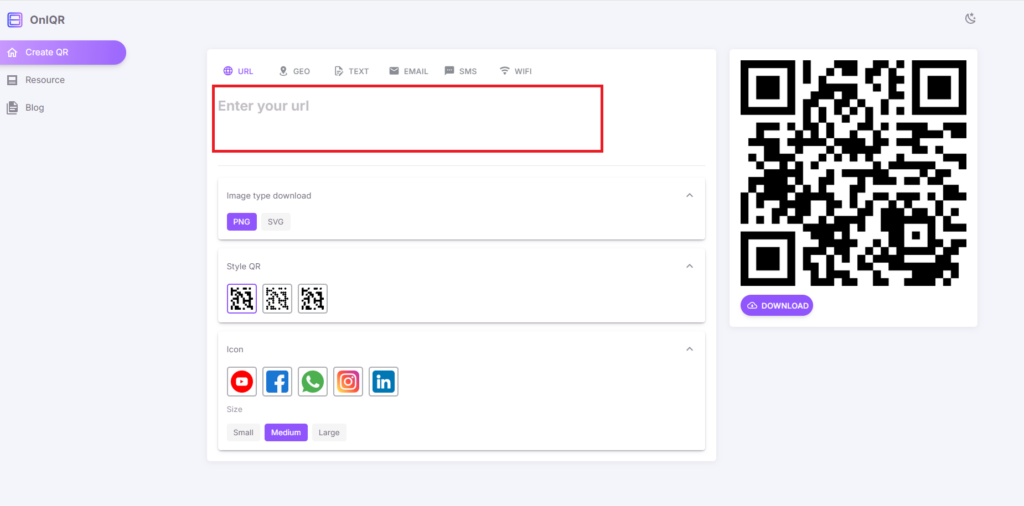
Step 4: Customize Your QR Code
Many free QR code generators allow you to customize the appearance of your QR code. Options may include:
- Changing the color of the code and background.
- Adding a logo or image to the center of the code.
- Adjusting the shape of the QR code modules (dots).
- Adding a frame or text around the code.
Customization not only makes your QR code more visually appealing but also helps it align with your brand identity.
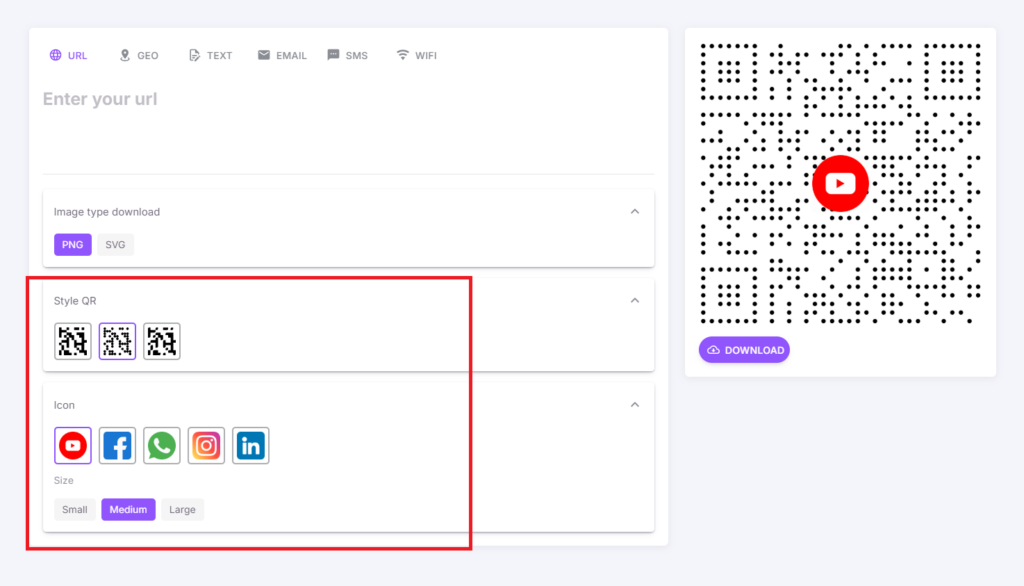
Step 5: Download and Test Your QR Code
After customizing your QR code, download it in your preferred format (e.g., PNG, SVG, or EPS). Before using it, test the code to ensure it works correctly. Use a QR code scanner app or your smartphone’s camera to scan the code and verify that it directs users to the intended destination.
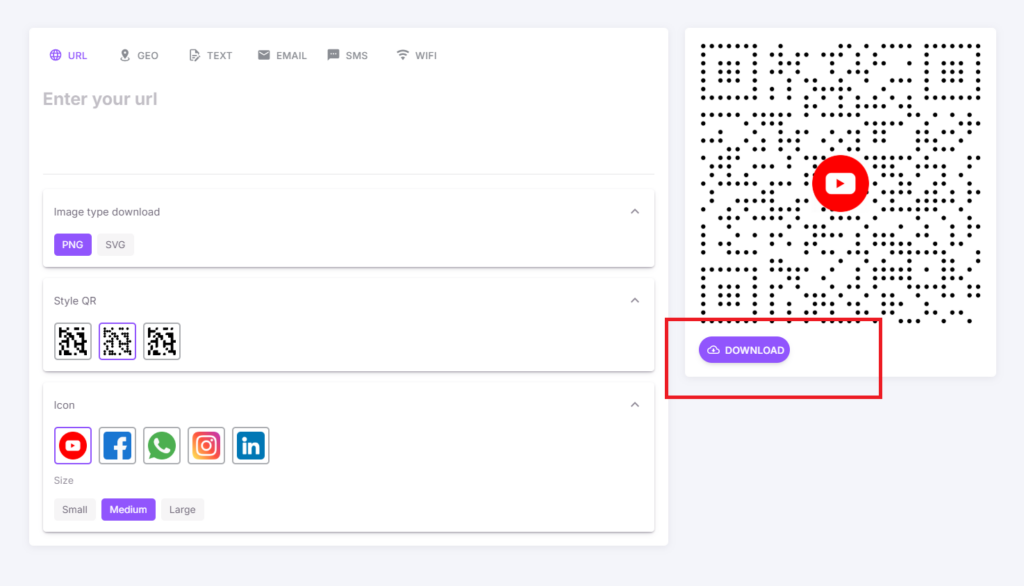
4. How to Track QR Codes for Free
Tracking QR codes is essential for measuring the success of your campaigns and understanding user behavior. Here’s how to track QR codes for free:
Why Tracking QR Codes is Important
Tracking allows you to:
- Measure the number of scans.
- Identify the location of scans.
- Determine the devices used to scan the code.
- Analyze user engagement over time.
This data can help you optimize your campaigns and improve your marketing strategies.
Step 1: Use a Dynamic QR Code
Dynamic QR codes are editable and trackable, unlike static QR codes. With a dynamic QR code, you can:
- Change the destination URL without regenerating the code.
- Track scan data in real-time.
Most free QR code generators offer dynamic QR codes as part of their premium features, but some platforms provide limited tracking for free.
Step 2: Choose a QR Code Generator with Analytics
When selecting a QR code generator, opt for one that includes analytics or tracking features. Some free platforms that offer basic tracking include:
- Onlqr.com
- QR Code Generator (qr-code-generator.com)
- Unitag
These tools provide insights into scan counts, locations, and timestamps.
Step 3: Monitor Scan Data
Once your QR code is live, regularly check the analytics dashboard provided by your QR code generator. Look for trends, such as peak scanning times or popular locations, and use this information to refine your campaigns.
5. Best Practices for Using QR Codes
To maximize the effectiveness of your QR codes, follow these best practices:
- Place QR Codes Strategically: Ensure your QR codes are easily accessible and visible. Common placements include posters, flyers, product packaging, and digital ads.
- Provide Clear Instructions: Not everyone is familiar with QR codes. Include a brief instruction, such as “Scan this code with your smartphone camera.”
- Optimize for Mobile: If your QR code directs users to a website, make sure the site is mobile-friendly.
- Test Before Launching: Always test your QR codes to ensure they work as intended.
- Keep It Simple: Avoid overloading your QR code with too much information. Stick to one primary action per code.
6. Common Mistakes to Avoid
When creating and using QR codes, avoid these common pitfalls:
- Using Static QR Codes for Campaigns: Static QR codes cannot be tracked or edited. Use dynamic QR codes for marketing purposes.
- Ignoring Analytics: Failing to track scan data means missing out on valuable insights.
- Poor Placement: Placing QR codes in hard-to-reach or low-visibility areas reduces their effectiveness.
- Overcomplicating the Design: Overly complex designs can make QR codes difficult to scan.
7. Top Free QR Code Generators with Tracking
Here are some of the best free QR code generators that offer tracking features:
- Onlqr.com (https://onlqr.com/): A user-friendly platform for creating and tracking QR codes and barcodes.
- Unitag: Provides customizable QR codes with free tracking options.
- QRStuff: Allows you to create QR codes with limited tracking capabilities.
- GoQR.me: A simple tool for generating QR codes with basic analytics.
8. Conclusion
QR codes are a powerful tool for sharing information, engaging users, and tracking campaign performance. With the right free tools, you can create, customize, and track QR codes without spending a dime. Whether you’re a business owner, marketer, or individual, QR codes offer endless possibilities for enhancing your digital and print materials.
By following the steps and best practices outlined in this guide, you’ll be well-equipped to leverage QR codes effectively. Start creating and tracking your QR codes today to unlock their full potential!
Final Word: QR codes are here to stay, and their applications continue to grow. By mastering the art of creating and tracking QR codes, you can stay ahead of the curve and make the most of this versatile technology. Happy coding!
Source: https://onlqr.com/
